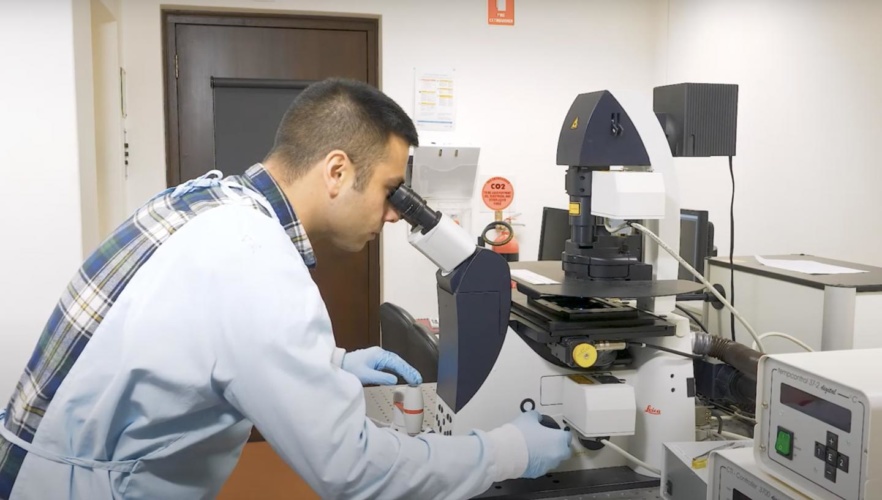
A chronic imbalance of iron can result in conditions including anaemia and haemochromatosis, the latter being one of Australia's most common hereditary diseases. The test is said to be more sensitive and specific than blood testing currently used to detect iron disorders, which begin at very low, cellular level concentrations.
MORE FROM MEDICAL & HEALTHCARE
"More than 30 per cent of the world's population lives with an iron imbalance, which over time can lead to certain forms of cancer, as well Parkinson's Disease and Alzheimer's Disease," said bio-probe developer Pooria Lesani, a PhD candidate from the Tissue Engineering and Biomaterials Research Unit and the ARC Centre for Innovative BioEngineering. "Current testing methods can be complex and time consuming. To counter this, and to enable the early detection of serious diseases, we have developed a hyper-sensitive and cost-efficient skin testing technique for detecting iron in the body's cells and tissue.”
Using novel carbon-based fluorescent bio-nanoprobe technology, the test, which involves non-invasive subcutaneous or intravenous injections, allows for a more accurate disease diagnosis before the onset of symptoms, potentially allowing for the early treatment and prevention of more serious diseases. A paper detailing the research is are published in Applied Materials & Interfaces.
"Our most recent testing demonstrated a rapid detection of free iron ions with remarkably high sensitivity. Iron could be detected at concentrations in the parts per billion range, a rate ten times smaller than previous nano-probes,” Lesani said in a statement. "Our sensor is multifunctional and could be applied to deep-tissue imaging, involving a small probe that can visualise structure of complex biological tissues and synthetic scaffolds."
Tested on pig skin, the nanoprobe is claimed to have outperformed current techniques for deep tissue imaging, and rapidly penetrated biological tissue to depths of 280 micrometres and remained detectable at depths of up to 3,000 micrometres in synthetic tissue.
Lesani and the team aim to test the nanoprobe in larger animal models, and investigate other ways in which it can be used to determine the structure of complex biological tissues.
“We hope to integrate the nanoprobe into a "lab-on-a-chip" sensing system - a portable, diagnostic blood testing tool which could allow clinicians to remotely monitor their patients' health,” Lesani said. "Lab-on-a-chip systems are relatively simple to operate and require only small blood volume samples from the patient to gain an accurate insight of potential ferric ion disorders in the body, assisting early intervention and prevention of disease."




Red Bull makes hydrogen fuel cell play with AVL
Surely EVs are the best solution for motor sports and for weight / performance dispense with the battery altogether by introducing paired conductors...